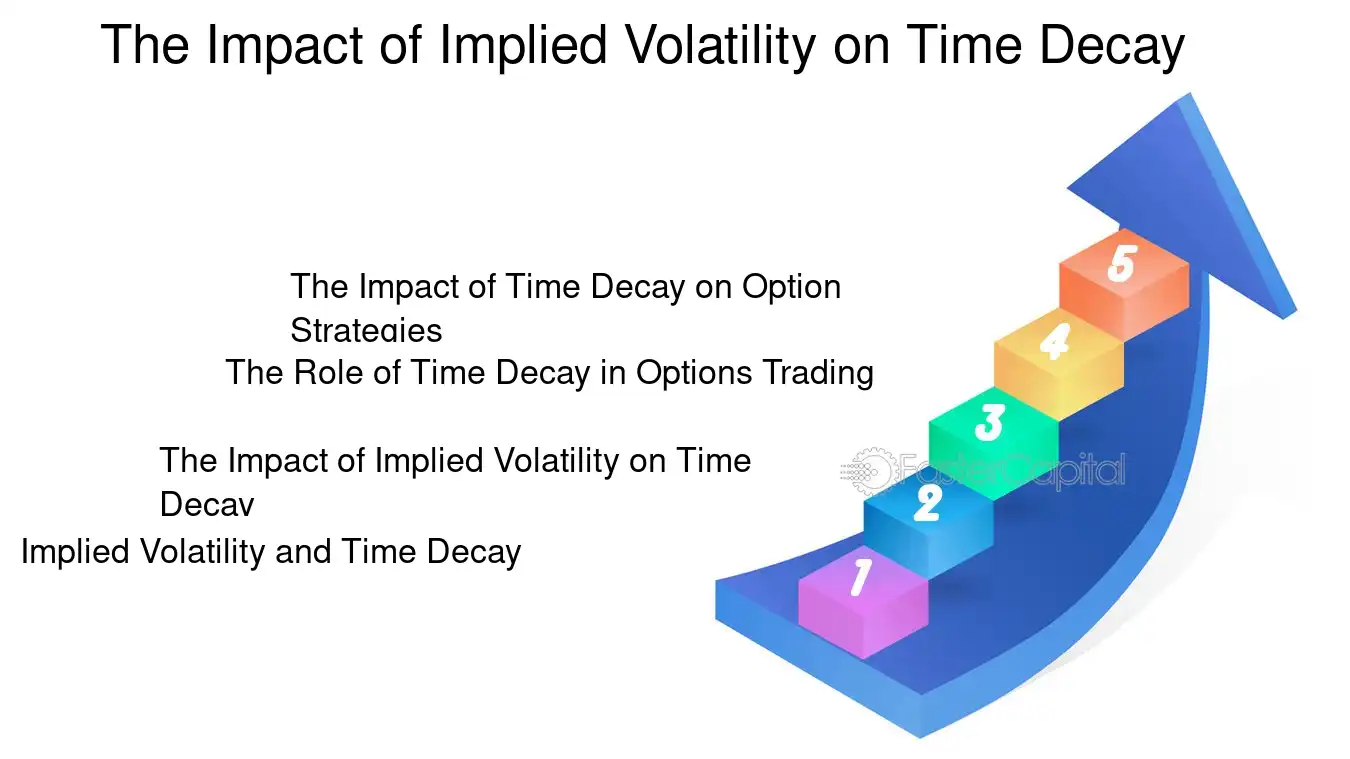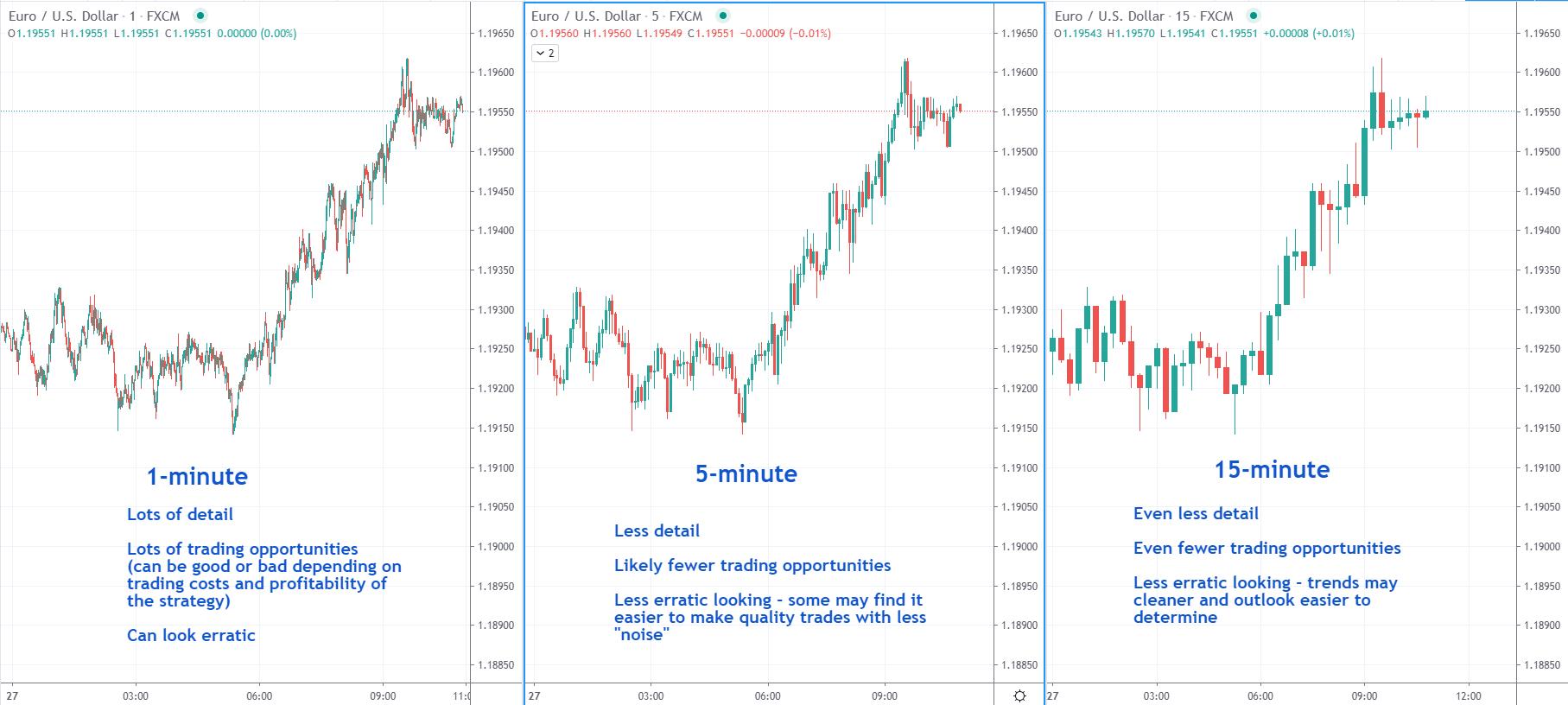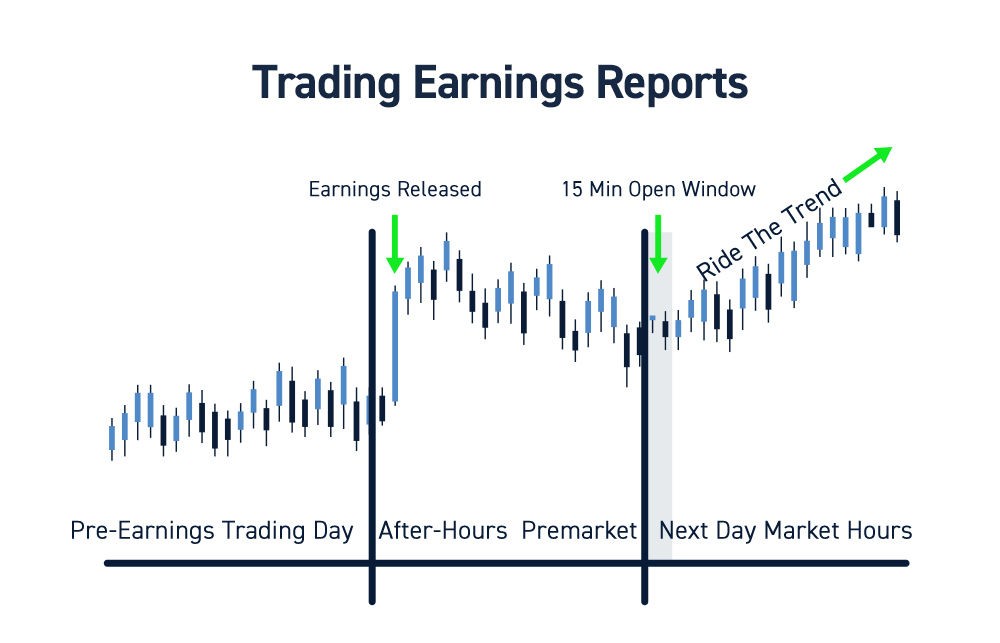Did you know that the only thing more unpredictable than the weather is the stock market? For those venturing into the world of day trading options, understanding effective strategies is crucial. This article dives into the most effective day trading options strategies, how to choose the right options, and the importance of technical analysis. We’ll also cover risk management, key indicators, and the advantages of day trading options over stocks. Additionally, you’ll learn how time decay and volatility influence your trades, common mistakes to avoid, and tips for maximizing profits. Whether you're setting up a trading plan or developing a disciplined mindset, this comprehensive guide from DayTradingBusiness equips you with essential insights to navigate the fast-paced world of options trading successfully.
What are the most effective day trading options strategies?
The most effective day trading options strategies include:
1. Scalping: Quickly buying and selling options to profit from small price movements. This requires a high level of focus and fast execution.
2. Momentum Trading: Identifying stocks with strong upward or downward trends and trading options to capitalize on that momentum. Look for high-volume movements.
3. Straddles and Strangles: Buying both call and put options to profit from significant price movements, regardless of direction. This is effective during earnings reports or major announcements.
4. Iron Condors: Selling out-of-the-money call and put spreads to collect premium while limiting risk. Best used in low-volatility markets.
5. Vertical Spreads: Buying and selling options at different strike prices within the same expiration to limit risk while maximizing potential gains.
6. Calendar Spreads: Selling short-term options while buying longer-term options at the same strike price. This strategy profits from time decay and volatility changes.
Choose a strategy based on your risk tolerance, market conditions, and asset volatility.
How do I choose the right options for day trading?
To choose the right options for day trading, focus on these strategies:
1. Liquidity: Select options with high trading volume and open interest to ensure you can enter and exit positions easily.
2. Volatility: Look for stocks with significant price movement, as options on volatile stocks can offer better profit potential.
3. Time Decay: Consider short-dated options; they can be more responsive to price changes but lose value quickly.
4. Market Trends: Analyze technical indicators and charts to identify bullish or bearish trends before trading.
5. Risk Management: Set clear stop-loss orders to limit potential losses and determine your risk-reward ratio.
6. News Events: Pay attention to earnings reports or economic news that can impact stock prices drastically.
By evaluating these factors, you can make more informed decisions when day trading options.
What is the role of technical analysis in day trading options?
Technical analysis in day trading options helps traders identify price trends, entry and exit points, and potential reversals. By analyzing charts, patterns, and indicators like moving averages or RSI, traders can make informed decisions quickly. It allows for the assessment of market sentiment and volatility, critical for options trades. Strategies often involve using support and resistance levels to navigate trades effectively, maximizing profit potential while managing risk.
How can I manage risk while day trading options?
To manage risk while day trading options, use these strategies:
1. Set Stop-Loss Orders: Automatically sell options at a predetermined price to limit losses.
2. Position Sizing: Only risk a small percentage of your trading capital on any single trade, typically 1-2%.
3. Diversify Trades: Avoid concentrating on a single stock or sector. Spread your investments across different options.
4. Use Defined Risk Strategies: Consider strategies like spreads, where potential losses are limited.
5. Stay Informed: Monitor news and market conditions that could impact your options.
6. Review and Adjust: Regularly evaluate your trades and risk management techniques to refine your approach.
Implementing these strategies can help you minimize potential losses while maximizing opportunities in day trading options.
What are the best indicators for day trading options?
The best indicators for day trading options include:
1. Volume: High trading volume indicates strong interest and can signal potential price movements.
2. Open Interest: A high open interest suggests there are many positions in the market, which can indicate liquidity and potential price action.
3. Implied Volatility: Look for changes in implied volatility; higher volatility can lead to larger price swings.
4. Moving Averages: Use short-term moving averages (like the 5-day or 10-day) to identify trends and potential entry or exit points.
5. Relative Strength Index (RSI): An RSI above 70 suggests overbought conditions, while below 30 indicates oversold, helping to identify potential reversals.
6. Bollinger Bands: These can help you gauge volatility and potential breakout points when prices touch the bands.
7. MACD (Moving Average Convergence Divergence): This can indicate momentum shifts, helping you decide when to enter or exit trades.
Using these indicators effectively can enhance your day trading strategies for options.
How do time decay and volatility affect day trading options?

Time decay reduces an option's value as expiration approaches, making it crucial for day traders to time their trades effectively. Volatility can increase option prices; higher volatility means greater potential for price swings, which can lead to profits if timed correctly. Successful day traders often look for high volatility to capitalize on rapid price movements while managing positions to mitigate the impact of time decay.
What are the advantages of day trading options over stocks?
Day trading options offers several advantages over stocks. First, options provide leverage, allowing you to control a larger position with less capital. This can amplify your profits significantly. Second, options have defined risk, enabling you to set predetermined loss limits. Third, the variety of strategies available, like spreads and straddles, allows for profit in different market conditions. Additionally, options can capitalize on volatility, potentially leading to higher returns during market swings. Finally, day trading options can result in quicker trades due to their price movements, enhancing profit opportunities within a single day.
How do I set up a day trading options plan?
To set up a day trading options plan, follow these steps:
1. Define Your Goals: Decide on profit targets and risk tolerance.
2. Choose a Strategy: Common strategies include buying calls/puts, selling covered calls, or using spreads. Select one that fits your style.
3. Select Underlying Assets: Focus on highly liquid stocks or ETFs with significant volatility.
4. Set Entry and Exit Points: Determine specific price levels or percentage changes for entering and exiting trades.
5. Risk Management: Use stop-loss orders to limit potential losses and define position sizes based on your risk tolerance.
6. Create a Trading Journal: Track trades, strategies, and outcomes to refine your approach over time.
7. Practice with Paper Trading: Test your plan in a simulated environment before committing real capital.
Stick to this framework to create a solid day trading options plan.
What are the common mistakes to avoid in day trading options?
1. Lack of a Trading Plan: Not having a clear strategy can lead to impulsive decisions.
2. Ignoring Risk Management: Failing to set stop-loss orders can result in significant losses.
3. Overtrading: Taking too many positions increases transaction costs and emotional stress.
4. Poor Timing: Entering or exiting trades at the wrong time can diminish potential profits.
5. Not Analyzing Market Conditions: Ignoring market trends and news can lead to uninformed trades.
6. Misunderstanding Options: Not fully grasping concepts like implied volatility can result in poor choices.
7. Emotional Trading: Allowing fear or greed to drive decisions often leads to losses.
8. Neglecting to Practice: Skipping simulation trading can result in a lack of experience and confidence.
Avoid these mistakes to improve your day trading options success.
How can I maximize profits with day trading options?
To maximize profits with day trading options, focus on these strategies:
1. Identify Volatile Stocks: Choose stocks with high volatility to increase potential profit margins. Look for earnings reports or news events that can drive price movements.
2. Use Technical Analysis: Analyze charts and patterns to identify entry and exit points. Indicators like RSI, MACD, and moving averages can guide your decisions.
3. Implement Risk Management: Set stop-loss orders to limit potential losses. Risk no more than 1-2% of your trading capital on a single trade.
4. Trade Liquid Options: Focus on options with high open interest and volume. This ensures tighter spreads and easier execution.
5. Time Your Trades: Enter trades early in the day when volatility is high, and consider exiting before the close to avoid overnight risks.
6. Leverage Spreads: Use strategies like vertical spreads to limit risk while allowing for profit potential. This can be especially useful in uncertain markets.
7. Stay Informed: Keep an eye on market news and economic indicators. Being aware of market sentiment can help you anticipate price movements.
8. Practice Discipline: Stick to your trading plan and avoid emotional decisions. Consistency is key in day trading.
By combining these strategies, you can enhance your chances of maximizing profits in day trading options.
Learn about Top Day Trading Strategies to Maximize Profits
What types of options should I focus on for day trading?

Focus on liquid options with tight bid-ask spreads and high volume. Look for short-term expiration dates, typically within one to two weeks. Consider strategies like buying calls or puts for directional moves, and employing spreads like vertical spreads to limit risk. Use straddles or strangles for volatility plays when expecting significant price movements. Always analyze underlying stock trends and market conditions before executing trades.
## What are the common strategies for day trading options?
Common strategies for day trading options include buying calls or puts, selling covered calls, and using spreads like vertical or iron condors. Traders often employ strategies like straddles or strangles to capitalize on volatility. Another approach is to use technical analysis for timing entry and exit points.
Learn more about: Understanding Options in Day Trading
Learn about Common Mistakes in Day Trading Momentum Strategies
How do I use charts for day trading options?
To use charts for day trading options, start with selecting a reliable charting platform. Focus on price action and identify key patterns. Use technical indicators like moving averages, RSI, and MACD to gauge momentum. Look for support and resistance levels to make informed entry and exit points.
For day trading, prefer short time frames like 1-minute or 5-minute charts. Monitor volume spikes to confirm trends. Use candlestick patterns to identify potential reversals or continuations. Always set stop-loss orders to manage risk effectively.
Lastly, keep an eye on news and events that can impact volatility, as they can affect option prices significantly.
Learn about How to Use Charts in Day Trading
What is the impact of earnings reports on day trading options?

Earnings reports can significantly impact day trading options by causing increased volatility and volume. Traders often use strategies like straddles or strangles to capitalize on the price swings. If a company beats or misses expectations, options prices can spike, creating opportunities for quick profits. However, the risk is high; sudden movements can lead to substantial losses if the market reacts unexpectedly. Staying informed about earnings dates and analyst expectations is crucial for making informed trading decisions.
Learn about The Impact of Earnings Reports on Day Trading Stocks
How do I develop a disciplined mindset for day trading options?
To develop a disciplined mindset for day trading options, start by setting clear goals and sticking to them. Create a trading plan that outlines your strategies, risk tolerance, and entry and exit points. Use a journal to track your trades, emotions, and decisions to learn from each experience. Practice patience; avoid impulsive trades by waiting for optimal setups. Limit distractions during trading hours and establish a routine to maintain focus. Finally, continuously educate yourself about the market and adapt your strategies based on performance.
Learn about How to Develop Your Own Scalping Strategy for Day Trading
What resources can help me improve my day trading options skills?
To improve your day trading options skills, consider these resources:
1. Books: "Option Volatility and Pricing" by Sheldon Natenberg and "The Option Trader's Hedge Fund" by Mark D. Wolfinger offer solid foundational knowledge.
2. Online Courses: Websites like Udemy and Coursera have targeted courses on options trading strategies tailored for day traders.
3. Webinars: Attend live webinars from trading platforms like TD Ameritrade or Interactive Brokers for real-time strategies and Q&A sessions.
4. Trading Simulators: Use platforms like Thinkorswim or TradeStation to practice day trading options without financial risk.
5. Forums and Communities: Join communities like Reddit’s r/options or Elite Trader for peer support and strategy sharing.
6. YouTube Channels: Channels like “Option Alpha” and “Tastytrade” provide valuable insights and practical tips on day trading options.
7. News and Analysis: Follow financial news sites like Bloomberg or CNBC for market trends that can impact options trading.
Utilize these resources to enhance your strategies and skills effectively.
Learn about Resources for Learning Day Trading Options
How can I analyze market trends for successful day trading options?
To analyze market trends for successful day trading options, focus on these strategies:
1. Technical Analysis: Use charts to identify patterns, support and resistance levels, and indicators like moving averages or RSI to gauge momentum.
2. Volume Analysis: Monitor trading volume to confirm trends. High volume often indicates strong market interest and potential price movements.
3. News and Events: Stay updated on economic indicators, earnings reports, and geopolitical events that can impact the market. Use a calendar to track these.
4. Options Flow Analysis: Look at unusual options activity to identify potential market moves. High call or put volumes can signal bullish or bearish sentiment.
5. Market Sentiment: Gauge overall market sentiment using tools like the VIX index or sentiment surveys to understand fear or greed in the market.
6. Backtesting Strategies: Test your trading strategies on historical data to see how they would have performed in different market conditions.
Combine these methods for a comprehensive view and to make informed trading decisions.
Learn about How to Analyze Crypto Market Trends for Day Trading
Conclusion about Common Strategies for Day Trading Options
In summary, understanding and implementing effective strategies for day trading options is crucial for success. By focusing on technical analysis, managing risk, and utilizing key indicators, traders can enhance their decision-making process. Additionally, being aware of factors like time decay and volatility will further refine your approach. Avoid common pitfalls and continuously seek resources for improvement to maximize your profits. For tailored guidance and in-depth insights, consider leveraging the expertise of DayTradingBusiness.
Learn about Common Mistakes in Day Trading Momentum Strategies
Sources:
- Does information drive trading in option strategies? - ScienceDirect
- Who Profits From Trading Options?*
- Volatility and the cross-section of returns on FX options - ScienceDirect
- IV Hedge Fund Investment Strategies in: Hedge Funds and ...
- Option Returns and Volatility Mispricing∗
- Hedging demand and market intraday momentum - ScienceDirect